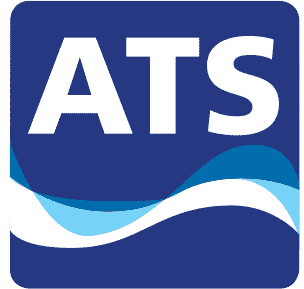
A worker was injured after an equipment malfunction at a facility that uses hazardous gases in closed systems. Co-workers were able to shut off the equipment and prevent more harm. And the injured man was able to quickly get to a safety shower and prevent long-term damage to his body. But what if they hadn’t been able to stop the leak in time? Could the electric elements of the safety shower ignite the gas, causing more injuries and damage?
You want to keep your employees as safe as possible, with the best possible safety systems in place. So if your facility is considered a Class 1, Division 1 or Class 1, Division 2 location, it’s important to know what that means for your safety shower equipment. You need a safety shower that goes beyond the minimum requirements.
C1D1, C1D2—What’s the Difference?
C1D1 and C1D2 are considered hazardous areas where explosion or fire hazards exist because of flammable gases, vapors, or liquids that are part of the business operation.
Under the National Fire Protection Association’s Publication 70 and Occupational Safety and Health Administration definitions, the difference between C1D1 and C1D2 locations is how the gases or vapors are contained or used.
In a C1D1 location, ignitable concentrations of flammable gases or vapors may exist under normal operating conditions, or because of repair, maintenance, or a leak. They also may exist because of a breakdown, or faulty operation may release ignitable concentrations of flammable gases or vapors.
In a C1D2 location, volatile flammable liquids or gases are used but are normally confined in closed containers or closed systems. It also may be a place where ignitable concentrations of gases or vapors are prevented with positive mechanical ventilation. They only escape in the event of an accident or breakdown. Or a C1D2 location may be next to a C1D1 location, and the ignitable concentrations of gases or vapors might be occasionally present unless prevented with adequate positive-pressure ventilation with effective safeguards against ventilation failure.
Certified Safety
If your safety shower’s electrical equipment isn’t certified for your C1D1 or C1D2 location, it can contribute to an explosion. Safety showers used in these types of hazardous places need to have equipment that’s certified for use under those conditions.
In C1D1 and C1D2 locations, safety shower water heaters need to provide protection from sparks or flames, to prevent explosions. In addition, all other electrical equipment on the shower needs to be certified for use in those specific conditions. This list includes the lights, water chillers, gauges, temperature indicators, and alarm system. And it’s not enough for the parts individually to be certified—you should be looking for an Assembly-Certified product.
ShieldSafe offers some of the only Assembly-Certified safety showers on the market. This new, stricter regulation adopted by Washington State ensures our showers are the best-performing and safest on the market.
Our cubicle showers with gravity-fed tanks are not only Assembly-Certified, but they also meet all ANSI (2014) and OSHA regulations, and are safely at home in any explosive area.
To keep your workers protected in your C1D1 or C1D2 location, you need a safety shower that goes beyond the minimum requirements. With ShieldSafe, your employees will have peace of mind knowing their safety equipment will never be the cause of an accident.


